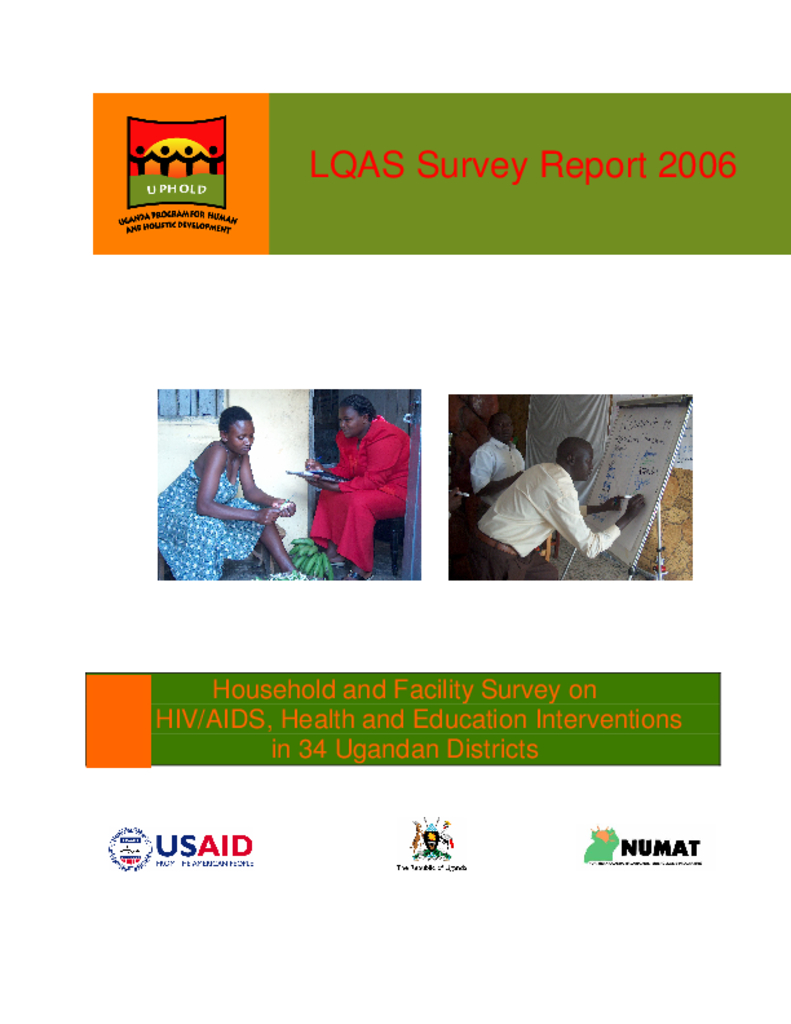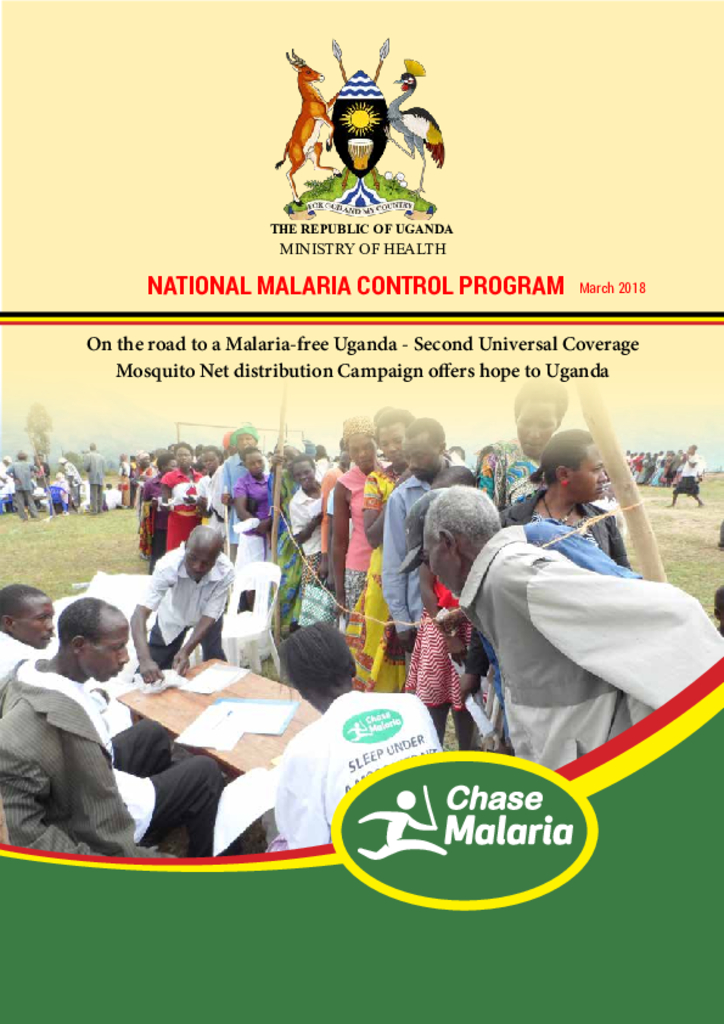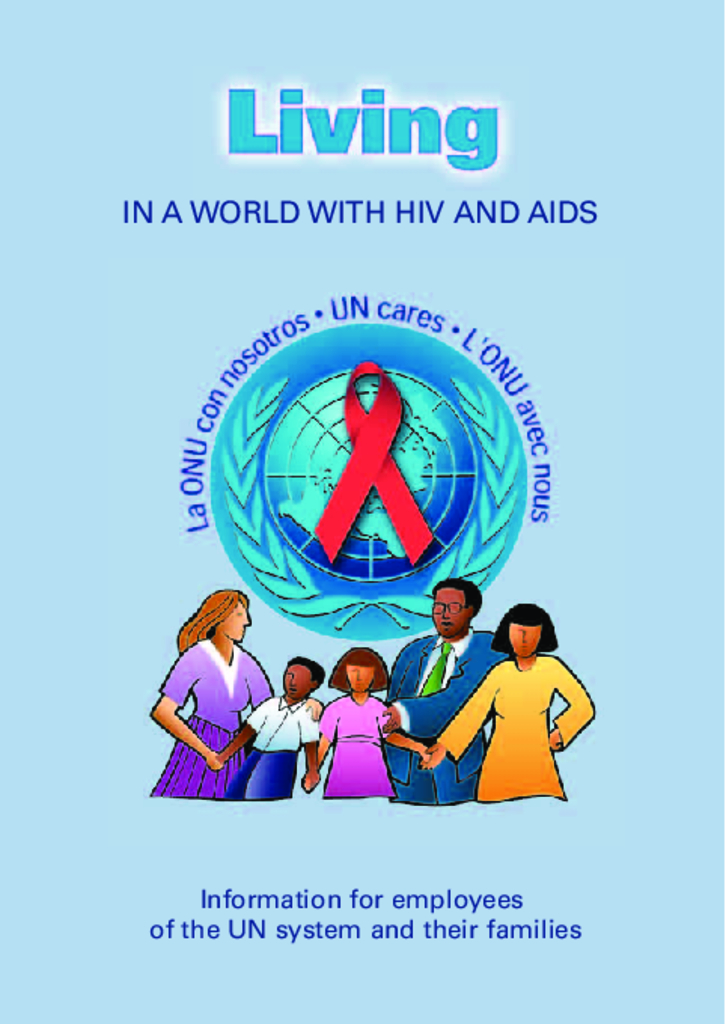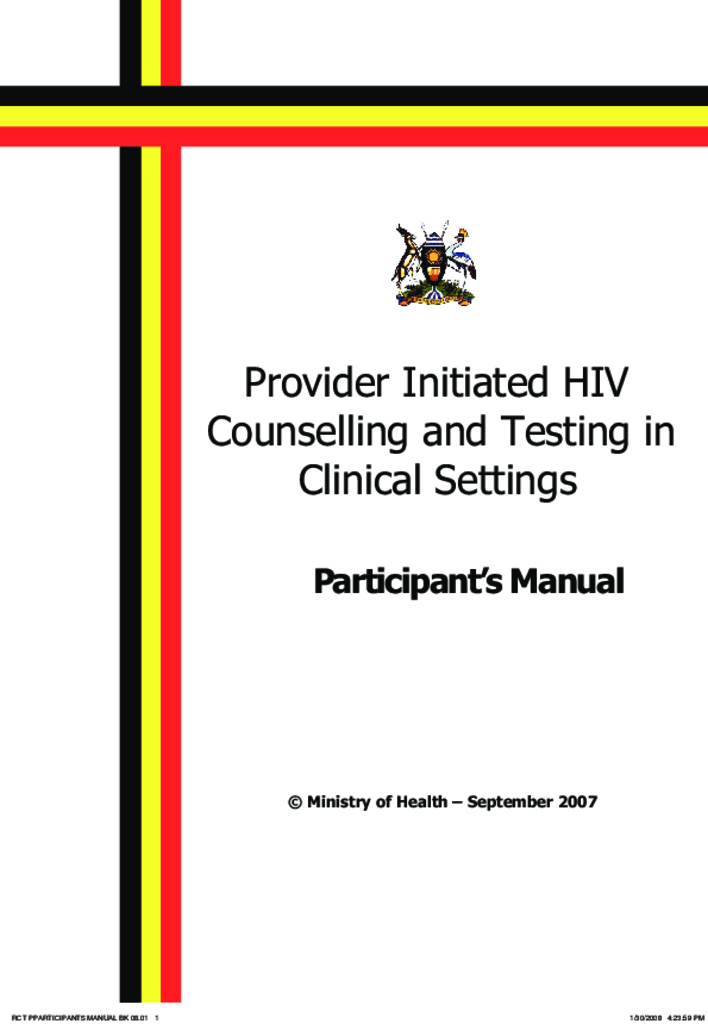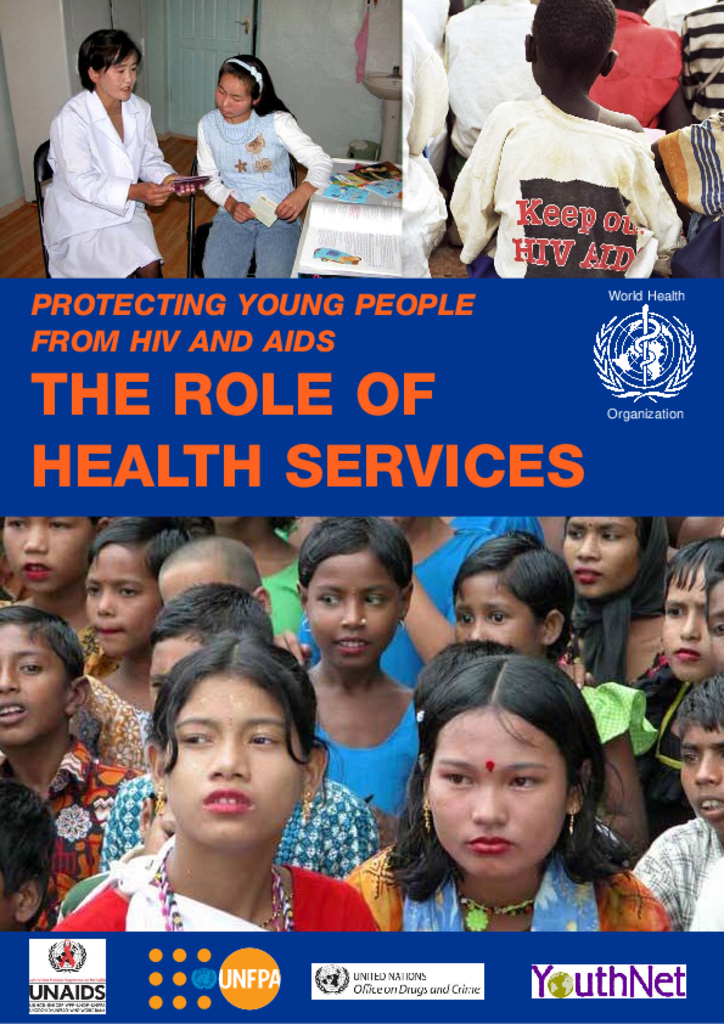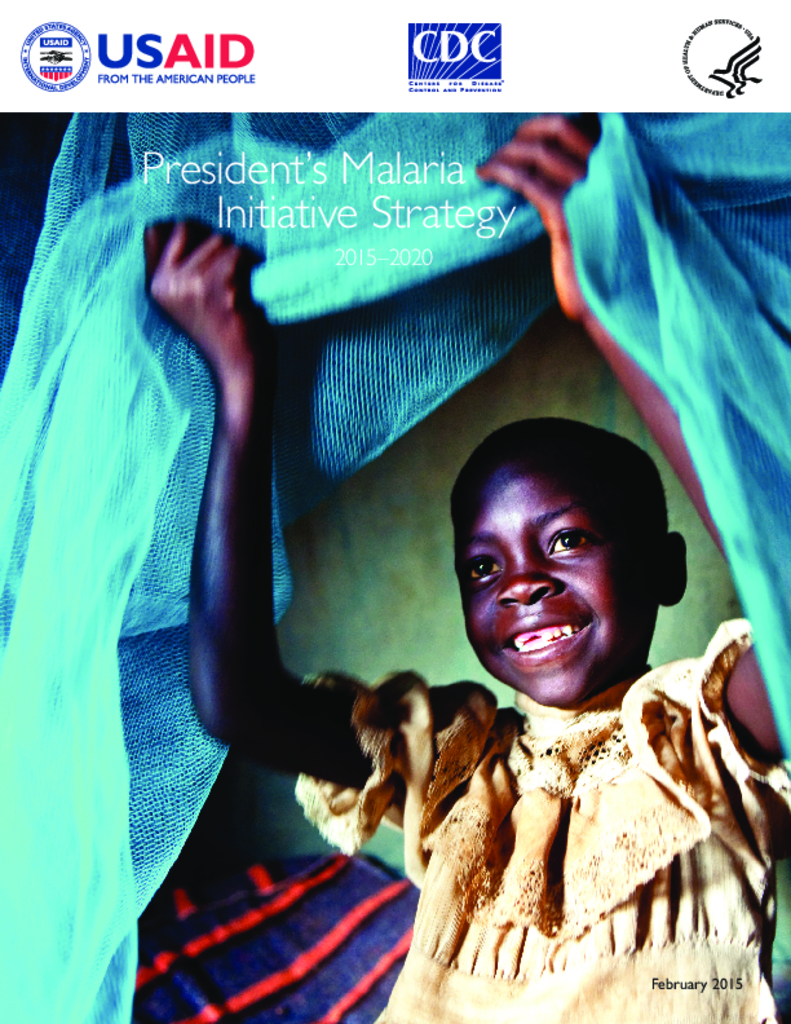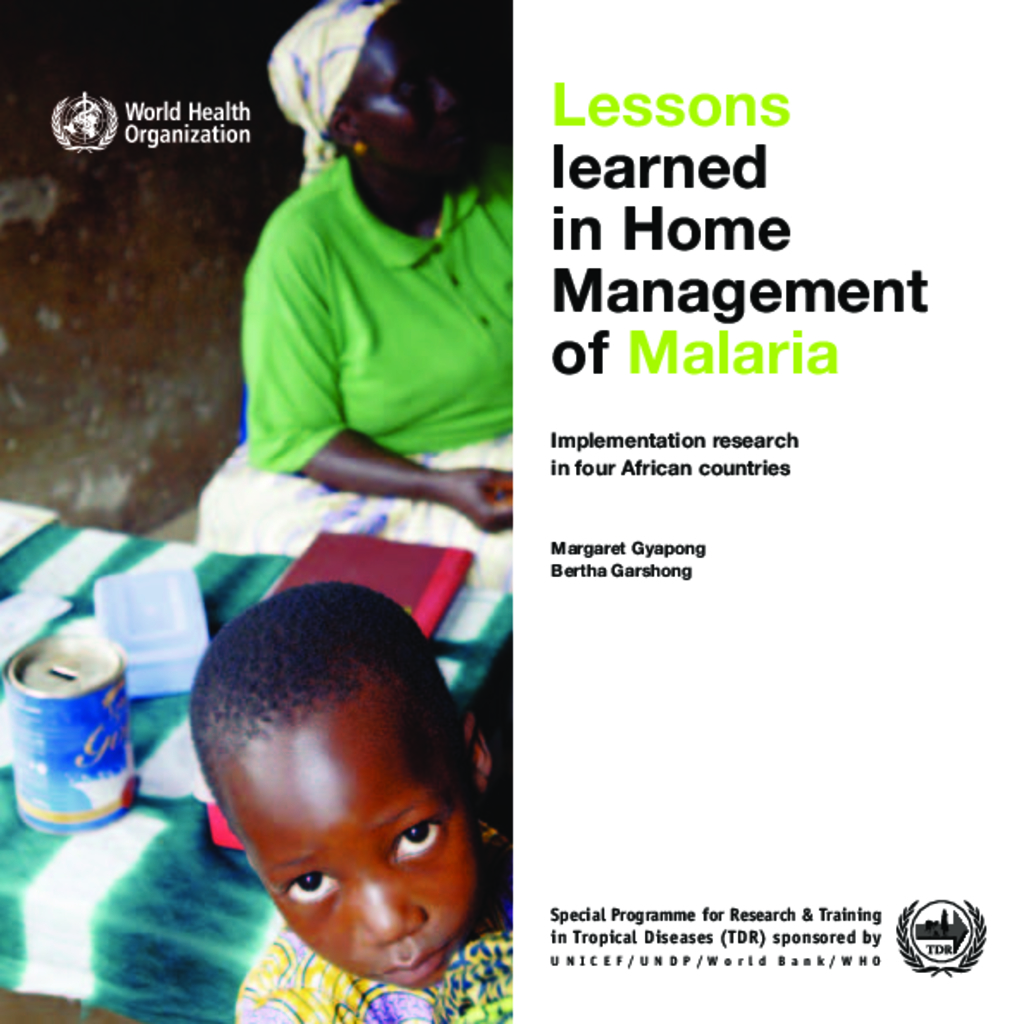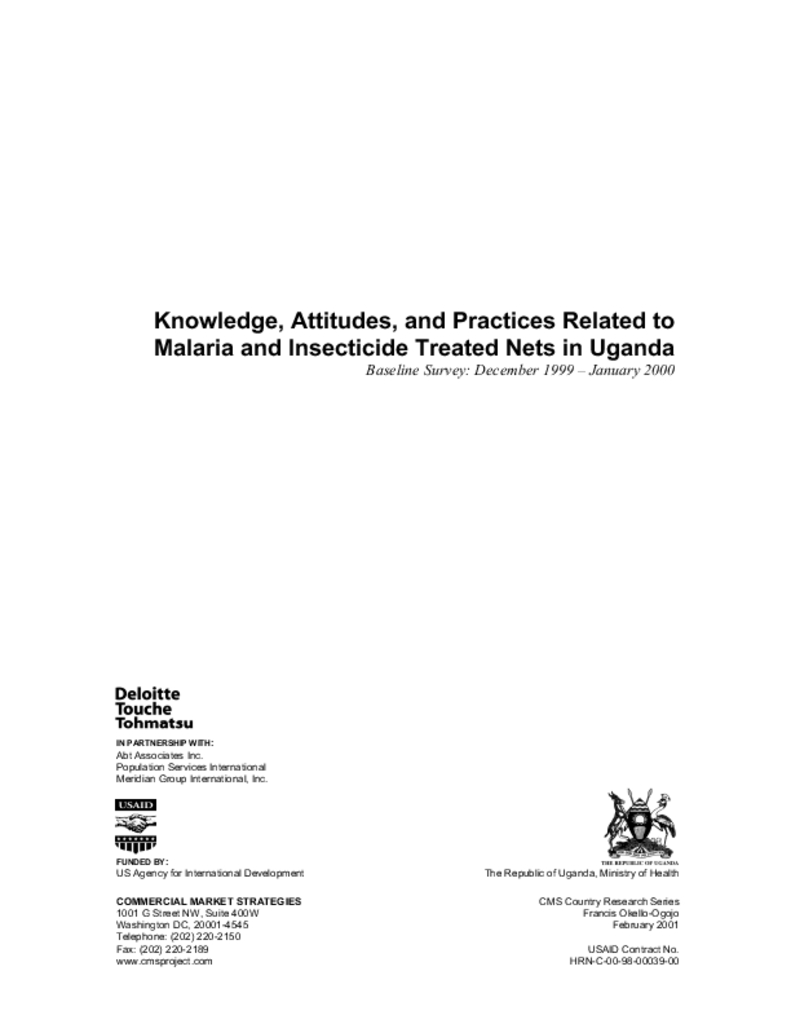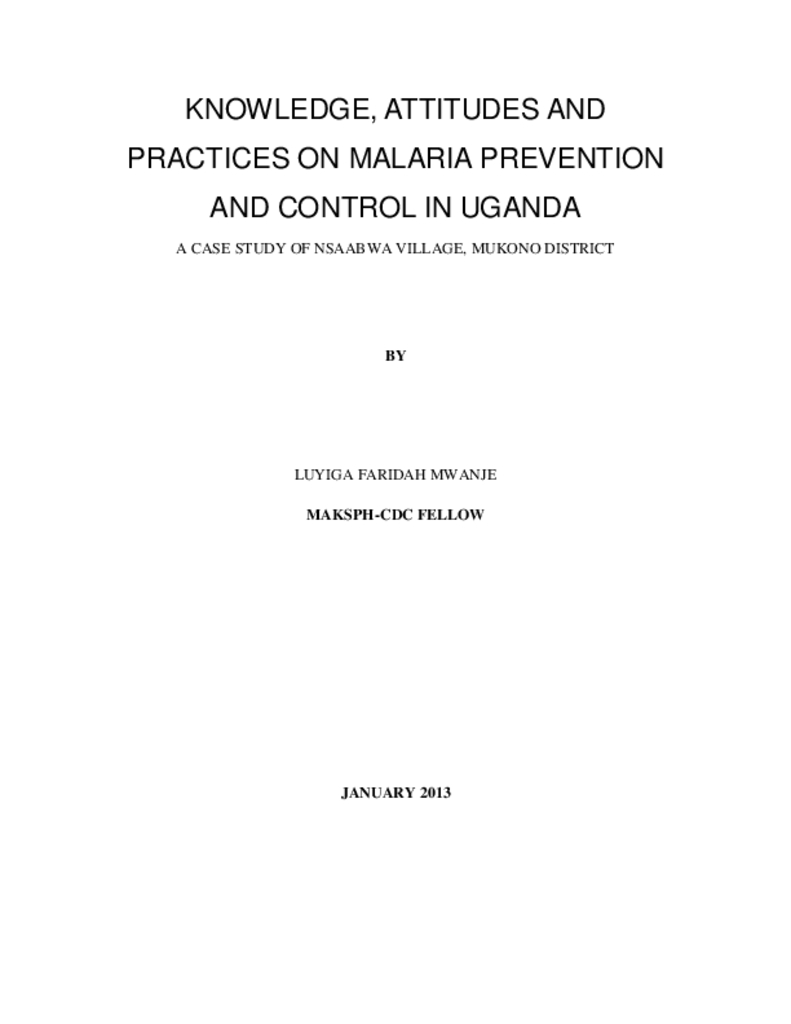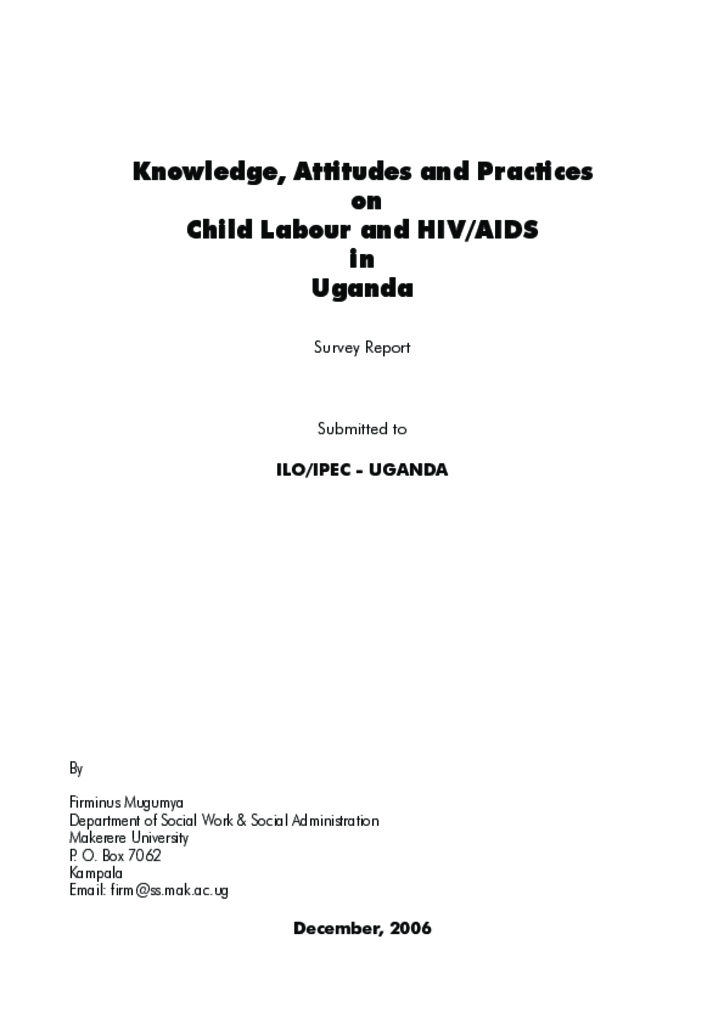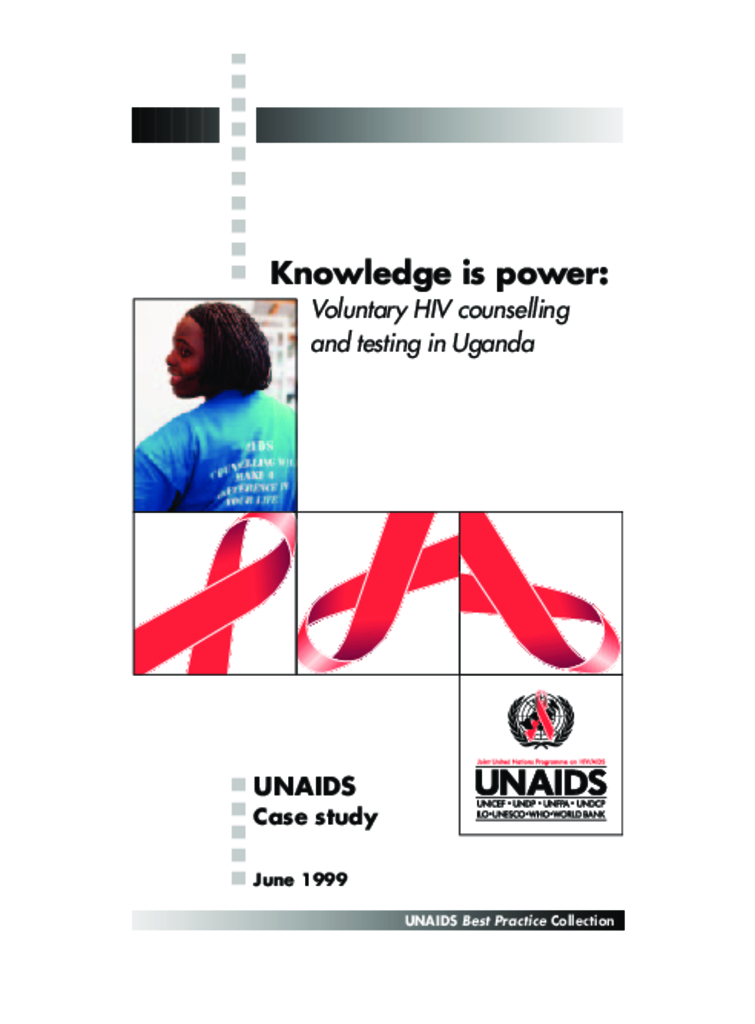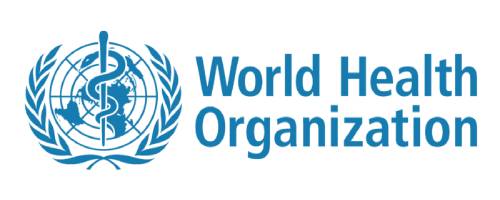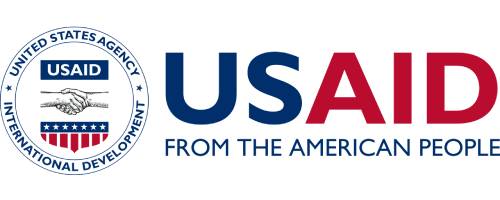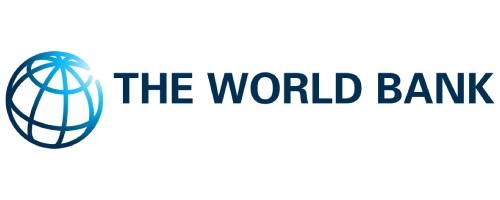The Uganda Program for Human and Holistic Development (UPHOLD) is a USAIDfunded program designed with the Government of Uganda (GoU) to strengthen human capacity through the delivery of improved services in Education, Health, and HIV/AIDS prevention and care in 34 districts of Uganda. UPHOLD’s broad mandate includes supporting the achievement of a range of results in the following areas: improved use of social services; increased capacity to sustain social services and a stronger enabling environment for social services delivery.
Malaria has been the leading cause of sickness and death in Uganda, claiming over 150 lives daily. However efforts by Government in partnership with donors from the international community to combat the disease through the increased access and use of Long Lasting Insecticide Nets (LLIN) among the population presents a ray of hope.
Because it is committed to a fair, safe and compassionate workplace, the UN system wants us to be fully informed about issues that can affect the workplace, including HIV and AIDS. Our right to understand UN-system policies on HIV and AIDS extends to all employees, including those who are and are not HIV-infected.
This training manual is designed to equip service providers with knowledge, skills and attitudes needed to provide quality RCT services in a hospital or any health care setting. The overall goal of the RCT training programme is to increase the production and provision of high quality HIV counseling services through training of service providers that will carry out HCT in Hospital settings.
This training manual is designed to equip service providers with knowledge, skills and attitudes needed to provide quality RCT services in a hospital or any health care setting. The overall goal of the RCT training programme is to increase the production and provision of high quality HIV counseling services through training of service providers that will carry out HCT in Hospital settings.
This document summarizes the evidence for effective action, and encourages policy makers and programmers to turn concern and commitment into effective and sustainable action. It is based on an understanding that HIV infects people when they are young, but AIDS affects and kills people at an age when they would be parents and workers who sustain society and domestic and family life. Helping young people to protect themselves against HIV and AIDS protects people now and in the future. It protects the future of family life and the economic prospects of countries in development.
This updated President’s Malaria Initiative Strategy (2015– 2020) takes into account the progress over the past decade and the new challenges that have arisen, setting forth a vision, goal, objectives, and strategic approach for PMI through 2020, while reaffirming the longer-term goal of worldwide malaria eradication.
Malaria prevention and control remains a major U.S. foreign assistance objective, and this strategy fully aligns with the U.S. Government’s vision of ending preventable child and maternal deaths and ending extremepoverty. It is also in line with the goals articulated in the draft RBM Partnership’s second Global Malaria Action Plan and WHO’s draft Global Technical Strategy.
The document is a comparative analysis and documentation of the processes that have enabled teams to implement HMM in various settings. It complements other WHO publications on the subject (WHO, 2004, 2005) in that it focuses on the processes, challenges, and lessons learnt in implementing the HMM strategy in the four African countries.
This baseline survey, conducted between December 1999 and January 2000 by the Commercial Market Strategies Project (CMS), was designed to investigate the level of knowledge, attitudes and practices about malaria and insecticide treated nets (ITNs)1 in four districts of Uganda: Mukono, Jinja, Mbarara and Arua. The key objective of the study was to guide the introduction and social marketing of insecticide treated nets in Uganda and to serve as a basis for future comparison after implementation of CMS’s ITN activity.
A clear understanding of the knowledge, attitudes and practices of a particular community can inform the design of Behaviour Change Communication (BCC) campaigns to influence acceptance and use of any malaria control measures. Research to clearly determine what interventions to carry out has not been undertaken in some areas such as Nsaabwa Village in Mukono District.
This survey on Knowledge, Attitudes and Practices on HIV/AIDS and Child Labour in Uganda was commissioned by ILO/IPEC Uganda. The overall aim of the survey was to enable ILO/IPEC Uganda and partners to develop appropriate interventions within Kampala, Mukono, Mbale and Rakai with the view of contributing to the elimination of child labour in society and in particular HIV/AIDS induced child labour. The intent was to generate data and suggestions on appropriate approaches based on the study findings to deal with the causes and socio-economic effects of HIV/AIDS and child labour as well as provide baseline information that would enable follow-up, monitoring and evaluation of the project.
As one of the first countries in Africa where HIV was recognized, the effect of the AIDS epidemic in Uganda has been severe. AIDS was first reported in Rakai District in 1982, 180 km outside the capital city of Kampala. HIV rates increased rapidly throughout the country and by the late 1980s it appeared that Uganda had the highest rates of HIV infection in Africa, and indeed in the world.
